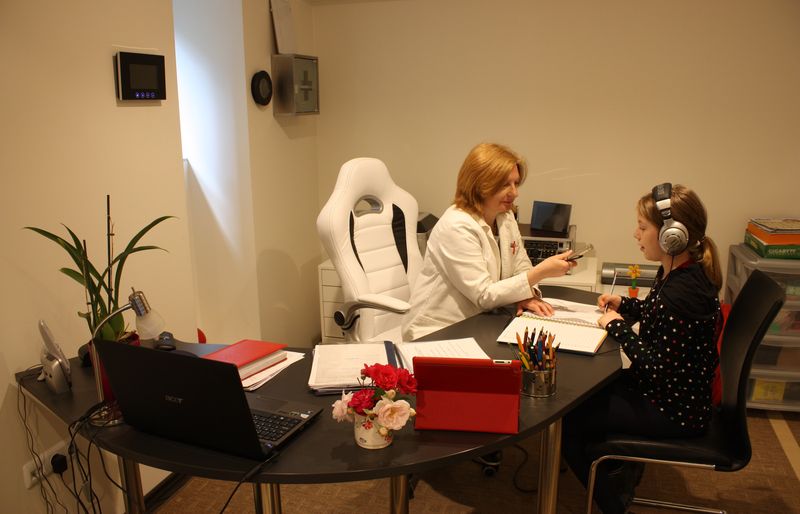
ARTICULATION DISORDERS
. . .
SPEECH DISORDERS OR ARTICULATION DISORDERS BELONG TO THE DYSLALIA GROUP, AND ARE EVIDENT IN OMISSIONS (SKIPPING) OF SOUNDS, SUBSTITUTION (REPLACEMENT) OF ONE SOUND FOR ANOTHER AND DISTORTION (INCORRECT PRONUNCIATION) OF SOUNDS.
Depending on the cause, the sound system of an individual may be damaged to a lesser or greater extent. For example, in the case of a cleft palate the entire phonological system is disrupted, while in the case of organic and functional deviations it is almost always the issue of groups of sounds, not the entire phonological system.
- SIGMATISM - refers to a faulty pronunciation of sounds: /s/, /z/, /c/, /ʃ/, /ʒ/, /tʃ/, /tɕ/, /dʒ/, /dʑ/; most often the whole group is affected, although only some of the sounds may be included.
- RHOTACISM - it follows sigmatism by frequency of occurrence; it is easily noticed and identified as the faulty pronunciation of the /r/ sound.
- LAMBDACISM - includes the faulty pronunciation of /l/ and /lj/ sounds.
- KAPACISM AND GAMMACISM - refers to disorders connected to /k/ and /g/ sounds. This disorder is not tolerated after two years of age and is treated upon approaching three years of age.
- THETACISM AND DELTACISM - faulty pronunciation of /t/ and /d/ sounds.
- TETISM - changing a large number of consonants into /t/ and /d/ sounds, which impoverishes the phonological system by as much as 11 sounds: /s/, /z/, /c/, /ʃ/, /ʒ/, /tʃ/, /tɕ/, /dʒ/, /dʑ/, /k/, /g/.
- ETACISM - disorder in the /e/ vowel, which is the only vowel that can be disrupted as part of the so-called functional dyslalia.